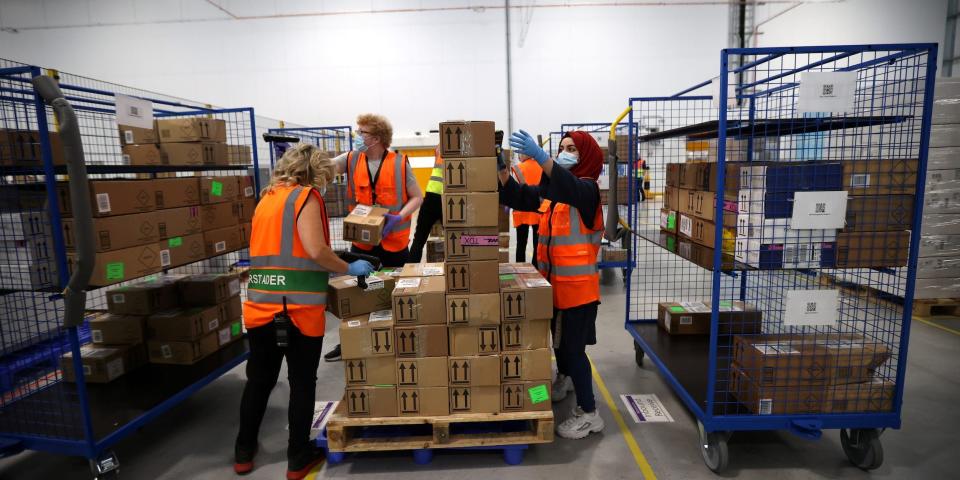The labor market today is hotter than during the 2008 financial crisis but Fed tightening will weaken it, Bank of America says

Current labor market conditions are consistent with historically tight labor markets, Bank of America said in a note.
But the labor market has deteriorated slightly, signaling downside ahead for the economy, BofA said.
The Fed's tightening cycle will weaken the labor market, making it hard to achieve a soft landing, analysts added.
The current labor market matches the hot conditions of the late 1990s and during the run-up to the 2008 financial crisis, but momentum has deteriorated and central bank moves are likely to stem upside further, according to Bank of America.
Friday's nonfarm payrolls jobs data came in strong, beating consensus expectations to show employers added 528,000 new jobs in July, roughly double most forecasts. The hot reading, however, aligns with BofA's expectation for a continued hawkish Fed.
In a Thursday note ahead of the new jobs data, analysts introduced the BofA Indicator of US Labor Market Conditions. It accounts for a bevvy of variables including private payrolls, temporary help services employment, and cyclical labor force participation, among others.
BofA concluded that, all together, these variables point to current labor market conditions being hotter than the previous two peak expansions.
Leading up to 2000, this gauge ran hot for nine months ahead of the recession that began in April 2001, BofA said, and it also peaked nine months ahead of the recession officially being called by the National Bureau of Economic Research in January 2008.
And now, the current data reveal conditions that remain consistent with a historically tight labor market, and momentum is waning.
"[T]hey also show that labor market momentum has slowed sharply over the past year as the economy recovered from the pandemic," BofA analysts wrote. "Labor market conditions tends to weaken when momentum is below average for an extended period of time."
The indicator bears out that tighter monetary policy weakens labor market activity. And with the Fed continuing its aggressive policy, BofA anticipates that a soft landing will be difficult for the Fed to achieve, and that a cooling in labor markets will have to happen in order to restore price stability.
Fed tightening in both 2000 and in 2006 pulled the level of labor market activity lower as the US entered a recession.
With the Fed giving no signs of easing its hawkishness, the US economy could fall into a similar path. Bank of America has previously forecasted that the US will enter a mild recession in the second half of 2022.
"Should labor market momentum remain negative in coming months, we would interpret the developments as a negative signal for the longevity of the current expansion," BofA said.
Read the original article on Business Insider
